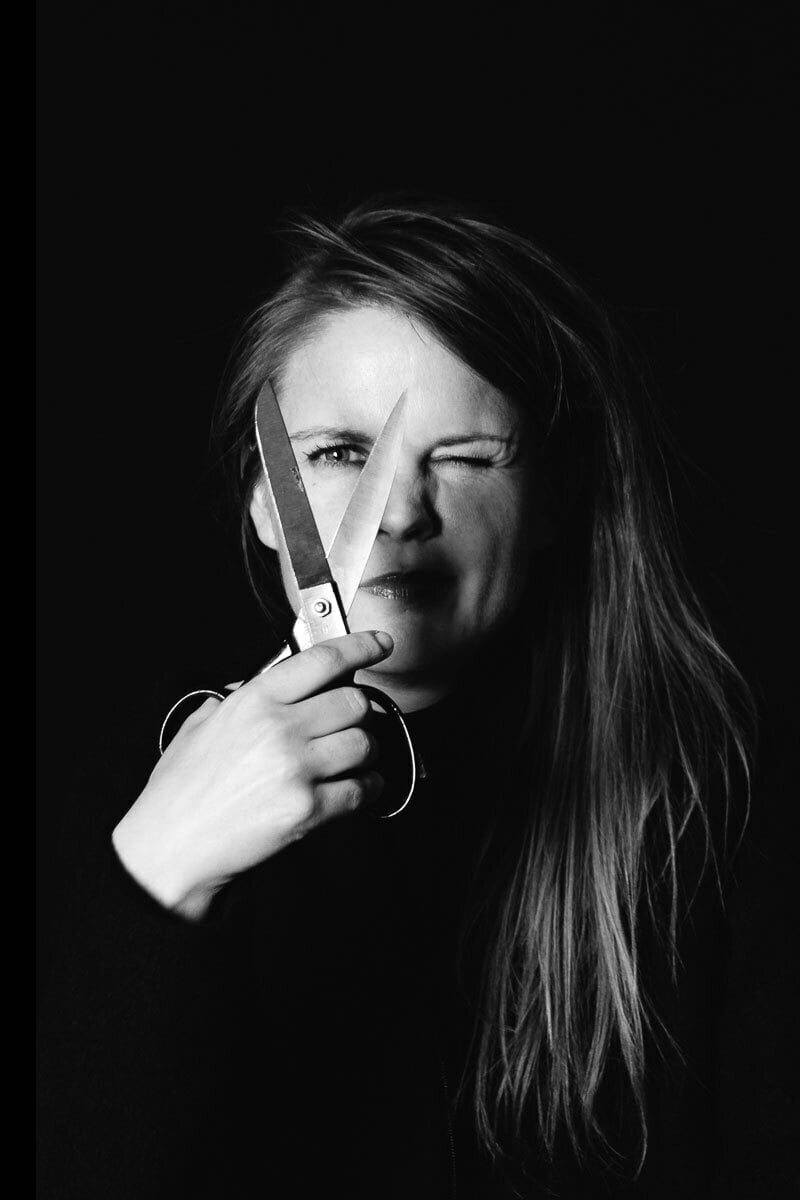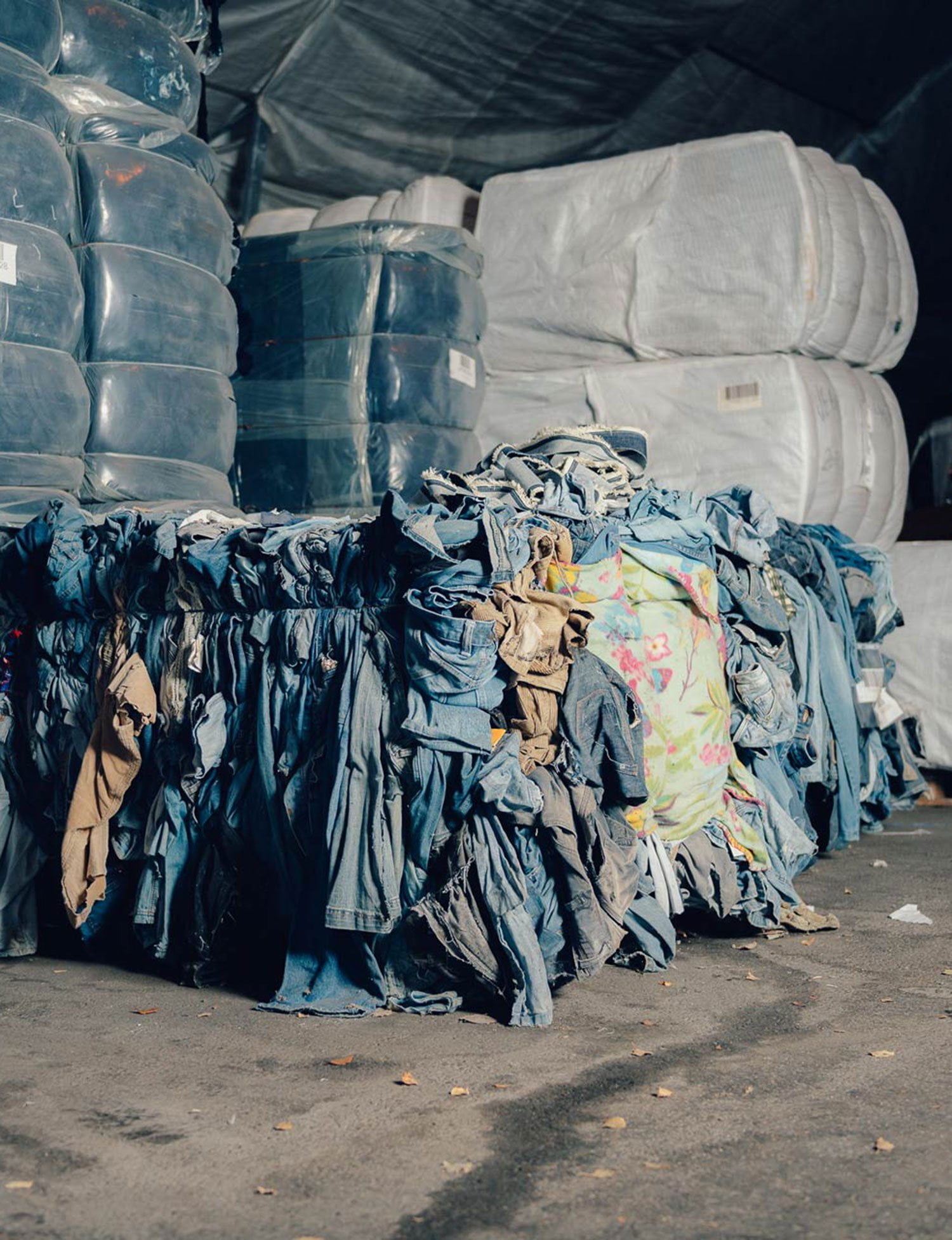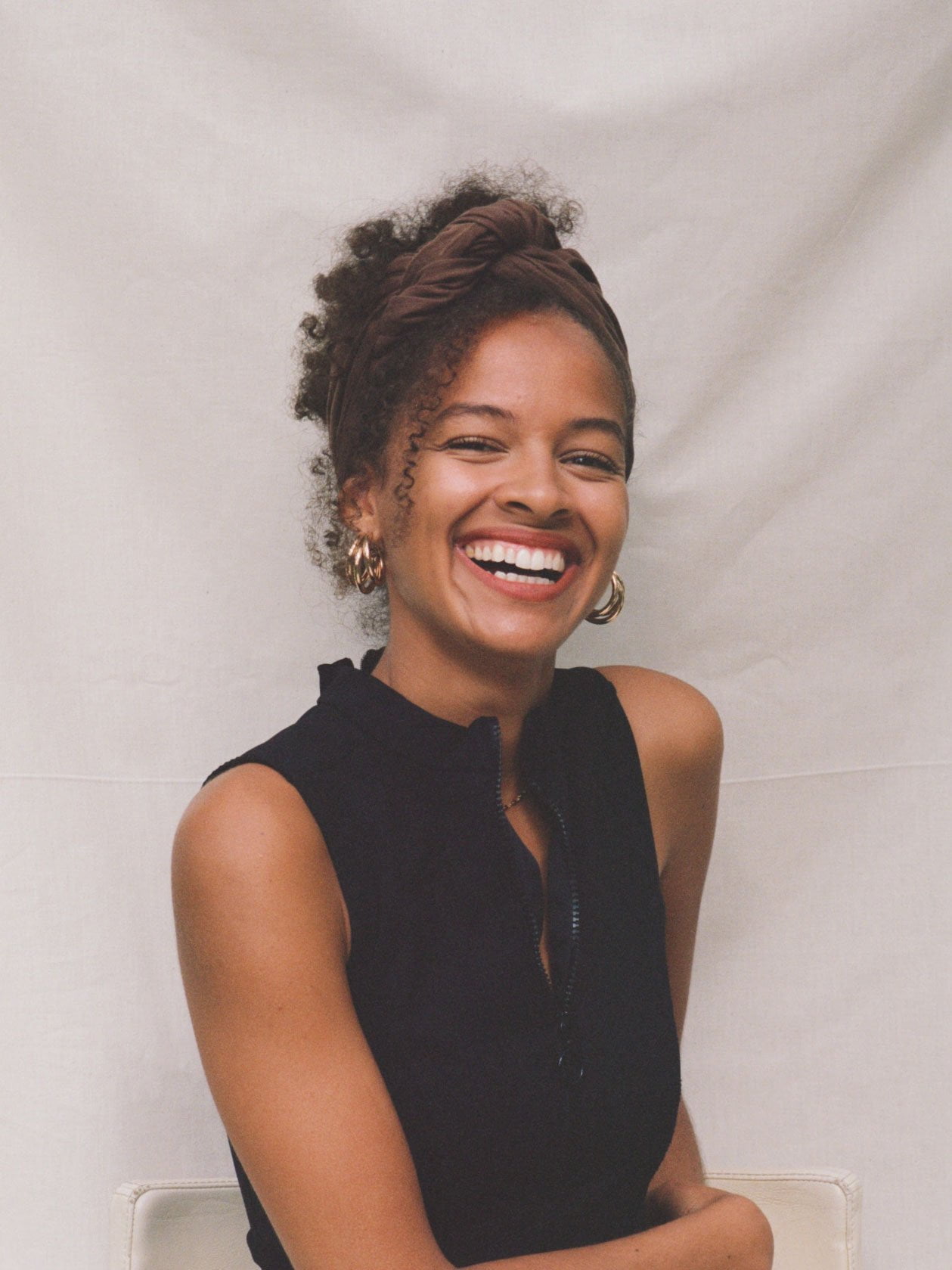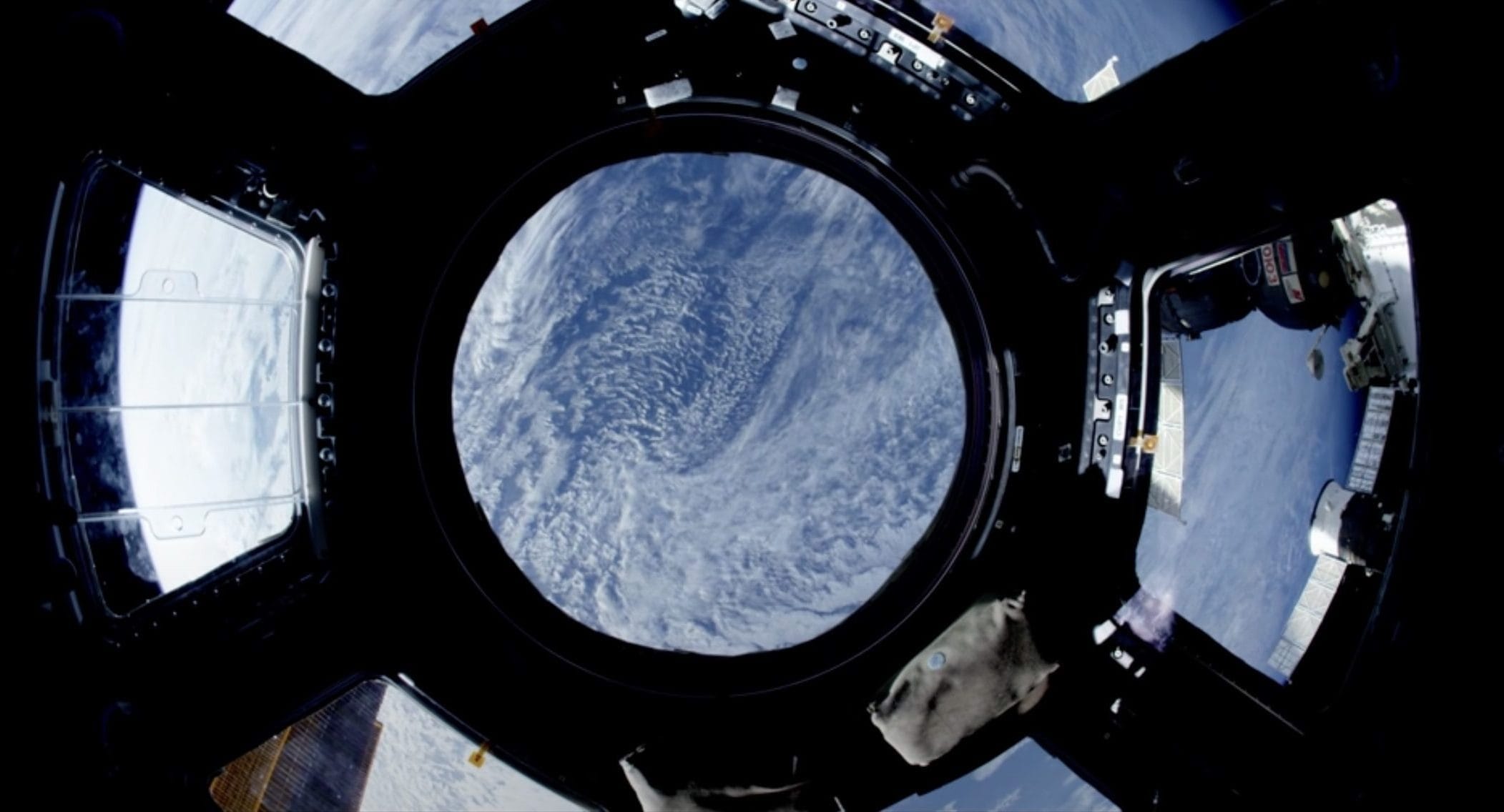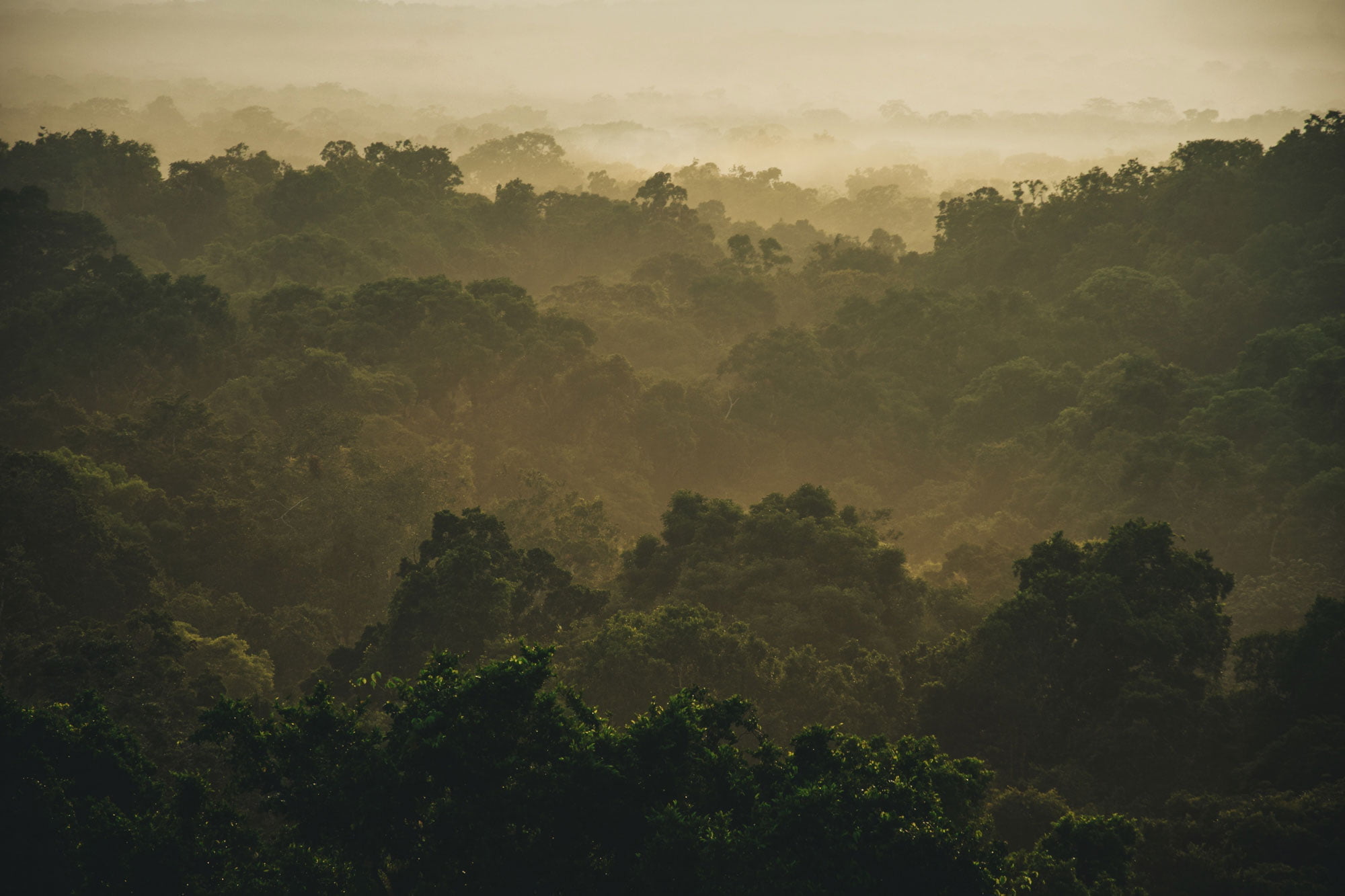What if you’ve landed your dream job as a designer, but hate what the clothes you’re creating are doing to the environment? It happened to Renana Krebs. Instead of adding to the problem, now she’s working on a solution: using algae to colour textiles.
You worked as a designer in the fashion industry for over 15 years. What made you decide to leave?
I worked as a senior designer for well-known fashion companies in the UK and Germany and was responsible for four collections a year. Each collection had 80 pieces and each piece was made into 1-3 million copies, so the volume was massive.
I had an amazing job and was passionate about my work, but at the same time I saw behind the scenes of the industry. I saw how they treat the workers. There are more than 300 million workers that no one knows about. They can get skin disease and cancer from daily exposure to chemical dyes.
“I’ve been in the Far East and saw rivers in the colours of the next season”
Renana Krebs
Dyeing and rinsing fabric with chemical dyes also requires a lot of water – and about 20% of global water pollution stems from the textile industry. I’ve been in the Far East and saw rivers in the colours of the next season. You can’t see that and just do nothing. Then in 2013 there was the Rana Plaza collapse [in Bangladesh], and it all started coming together in my mind. I realised that I cannot be a part of this as a human being. People thought I was crazy, but I quit my job and did a Master’s in sustainable design in Berlin.
“Think of leaves, the colours are different depending on the time of harvesting”
Renana Krebs
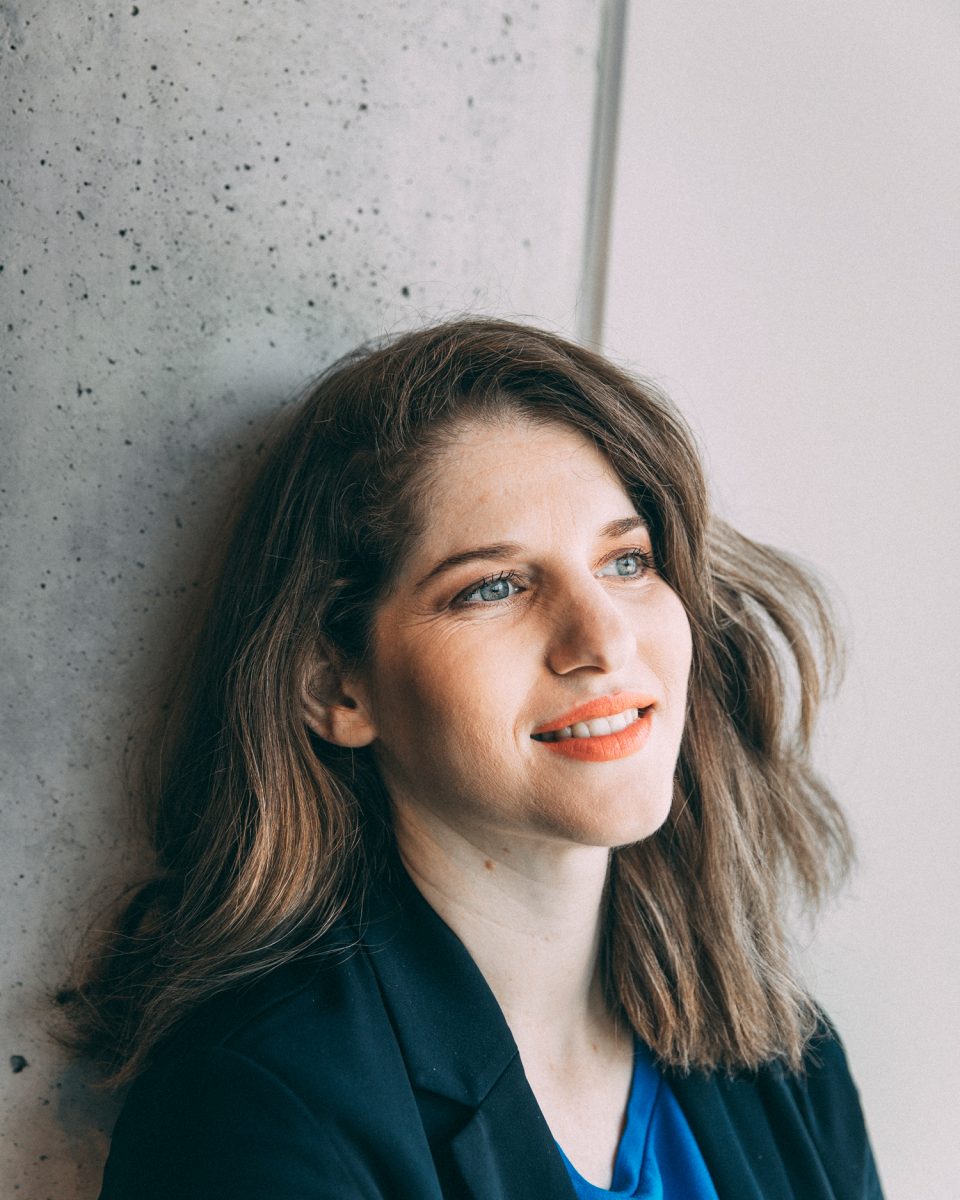
In 2016 you founded your own business, Algaeing (By Algaelife), supplying the fashion industry. How are you doing things differently?
With an innovation that converts algae into an eco-friendly dye, replacing toxins and chemicals from current use across the supply chain. All of our colours are made from algae. Some algae can even produce multiple colours. Think of leaves: in summer they’re green, then in autumn they become brownish or orange. So the colours are different depending on the time of harvesting. It’s important to note that we don’t harvest from the ocean. The algae grow in a closed-loop vertical farming system with zero waste. It’s powered by solar energy.
The algae formulation can also be spun together with wood pulp to make a biodegradable fibre that requires less water to produce than cotton. Free of allergens and pesticides, the textiles and dyes are not only planet friendly, they are also better for our skin. We’ve just signed a contract with a giant hygiene company to use this material to make diapers and sanitary products. These kinds of products are currently synthetic, polymer-based. The company is one of the biggest manufacturers for brands like Kimberly-Clark and Johnson & Johnson.

How has your inside knowledge of the industry helped you?
Understanding the supply chain was crucial. That’s why the goal was always to develop a scalable, drop-in solution, allowing companies to use their existing machinery and just swap the chemical dyes for the algae formulation. I want to make it easy for dye houses around the world to use these natural dyes and be a part of a healthier future without the need for expensive capital investments. We are already seeing how quickly companies can adapt to what we do – we have 72 brands that are looking to work with our products.
Why algae?
We did extensive research into sustainable alternatives in other industries, like food and cosmetics, and found algae to be a gamechanger in those industries. So we wanted to see how we could use these really unique microorganisms to benefit our industry. We chose the name Algaeing because it’s a verb – it’s about being proactive for a better future.
“When we started we always had to explain why sustainability is important. We don’t need to explain it anymore”
Renana Krebs / Photo: Ed Wray, Stringer
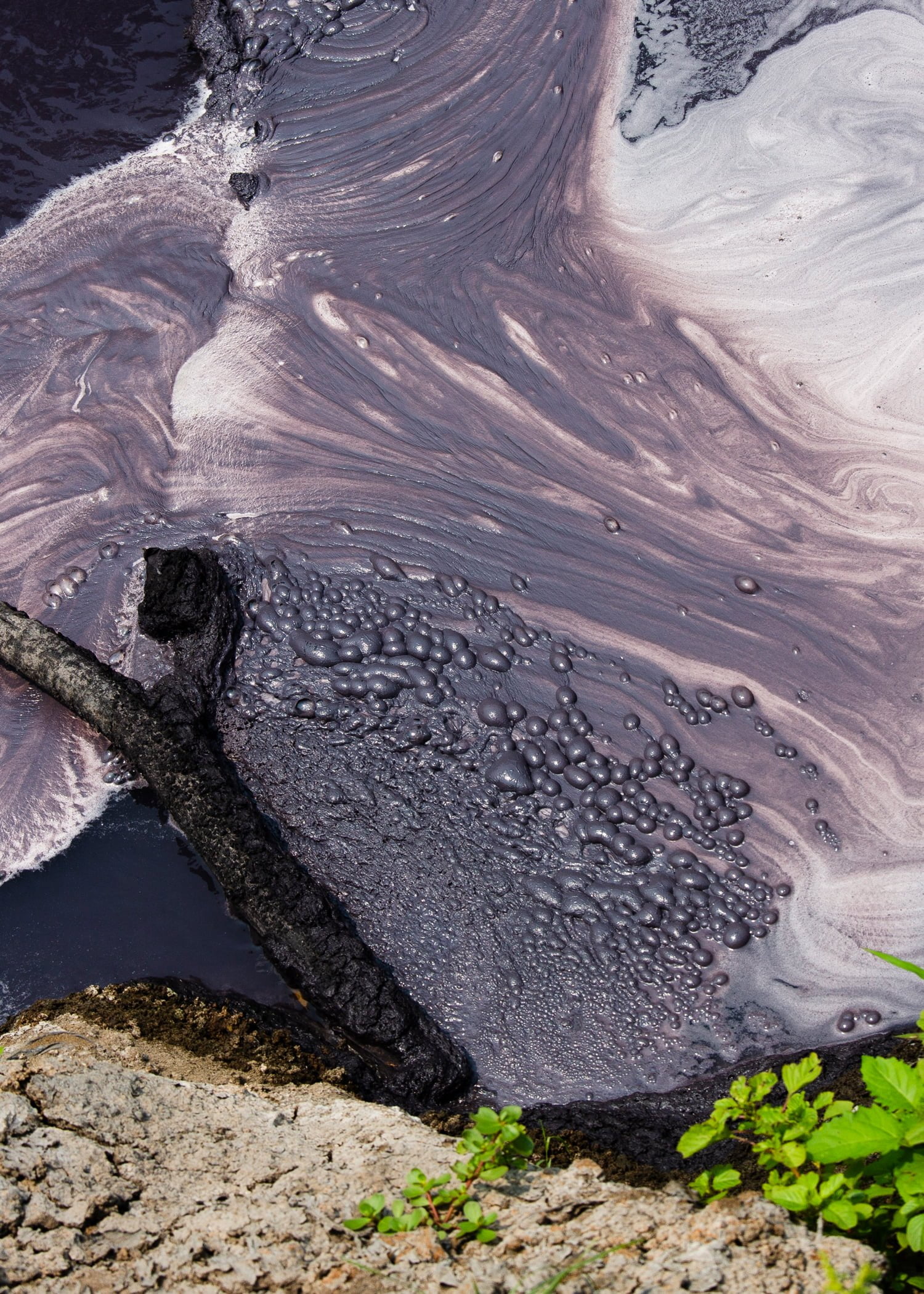
What kind of impact do you think you can have?
Normally, to produce one ton of dyed fabric you need 200 tons of water. Of those 200 tons you end up with 180 tons of polluted water. With Algaeing, for one ton of fabric, we use 40 tons of water, and have zero tons of polluted water. So that saves 80% in water use and amounts to 100% less water pollution.
Accenture calculated that our solution could save 2.7 billion litres of polluted water per year by 2030 compared to ‘business-as-usual’ production. That’s comparable to the water required to produce one million cotton t-shirts. So that’s a really huge impact.
You recently launched a virtual collection with H&M, what’s the idea behind that?
Algaeing is among the 10 most innovative sustainable start-ups selected for the H&M Foundation’s Billion Dollar Collection. This virtual fashion collection is designed to highlight the importance of scaling sustainable solutions for the future of fashion. It’s an exciting milestone in our journey.








How important are consumers in driving change?
They have the biggest role. In the end, they are the ones buying the products. We now see that millennials and Gen Z in particular are requesting and demanding sustainable materials. They are asking questions. They want to know who made something, where, and why.
Can fashion ever become sustainable?
My answer is absolutely, because it’s not about fashion. It relates to the way we live and our lifestyle. It’s about what we eat, and about our identity as people on this planet. Maybe it sounds like a cliché, but we’re at this point where we don’t have other options. We need to act and we need to act now. Fashion is one of those industries that have a lot of impact on our environment. We see other industries already taking steps. It’s not easy, it’s not quick, but you can already see the change.
When we started in 2016, we always had to explain why sustainability is important. We don’t need to explain it anymore. But we still need new solutions and we believe that the combination of technology, biology and design can bring those new solutions to the market.
What is the biggest change in the industry you’d like to see in the coming five years?
What I hope to see is that instead of having a number of small, sustainable collections, sustainability will be the norm. Sustainability used to be a ‘nice to have’, now it’s a ‘must’. I believe that companies that aren’t going to change are not going to remain a part of this industry. We need to look at the bigger picture of how this world is going to survive. For a real systematic change, solutions need to be economical, and proven to work for people and the planet.
What can you do?
- Opt for clothing made with natural dyes and materials such those produced by Algaeing.
- Choose clothing brands committed to sustainably produced fashion. Project CeCe has five filters to help you find clothes that are a good fit with your values.
- Write to your favourite brands and ask them what they are doing to minimise their environmental footprint. Find templates and tips here.
Protecting our planet


